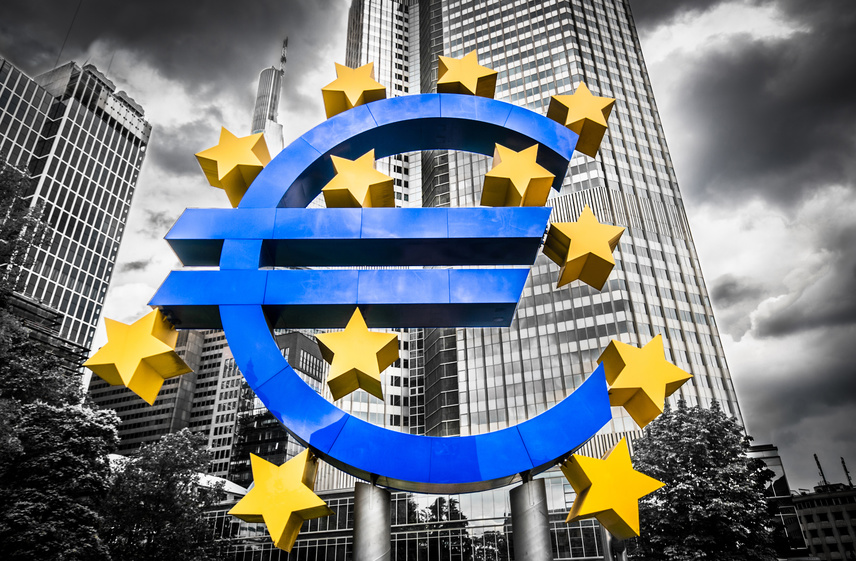What’s net for EUR/USD after the Fed, the ECB and the Brussels bombings? Here are the new targets from SEB:
Here is their view, courtesy of eFXnews:
Almost two weeks ago the European Central Bank stated clearly that scope for further rate cuts was very limited. Some interpreted this remark as signalling a change in the ECB policy transmission mechanism away from an implicit FX target (which we still think the ECB needs to consider) to a credit oriented focus to ease financial conditions. Indeed, the ECB expanded its OE programme and will also provide loans for banks at potentially negative rates.
Meanwhile, the Fed made no clear, explicit promise to hike rates anytime soon. Despite very moderate expectations, US short rates fell sharply when the US central bank stated it would hike rates only twice in 2016 (in line with our own expectations – we forecast hikes in September and December).
These rate decisions have caused the USO to depreciate considerably, with EUR/USD last week trading near year highs at 1.1350.While we concede we have been slightly too bullish toward the greenback, still we do not see any economic or monetary reasons why EUR/USD should continue much higher going forward:
1) The ECB will continue to expand its balance sheet for a considerable period. Policy will therefore remain expansionary for a long time. Indeed, the ECB can’t afford a much stronger currency as that would add to low inflation pressure.
2) We expect US growth to hold up fairly well and US inflation to move higher. Provided financial markets remain stable and commodity prices do not revert to previous lows, we believe emerging markets including China will perform comparatively well. The external considerations that the Fed has previously taken into account should now be sufficient for it to hike interest rates. In our opinion, the US central bank will continue very cautiously to raise rates ultimately supporting the USD.
3) We have stressed repeatedly that the euro now has all the characteristics of a funding currency with the ECB’s zero interest rate policy and extensive bond purchases suggesting rates will remain low for a considerable period. The decision by the bank to support cheap lending with a new facility and by expanding purchases to include corporate debt has further underlined the euro’s advantages as a funding currency. Going forward, this funding argument will likely explain why the euro should suffer as global risk appetite improves, provided this upturn is not triggered by dovish signals from the Fed.
Although it may take longer than previously thought following last week’s dovish Fed decision, we still believe EUR/USD will trade down well below 1.10 towards the end of 2016, reflecting improved global risk appetite and increased policy divergence. However, the Fed’s surprise decision forces us totake a less optimistic view on the outlook for the dollar near-term. As an immediate consequence we have decided to raise significantly our near-term EUR/USD forecasts. Previously, we expected EUR/USD trade well below 1.10 already in Q2. But after the decision by the Fed last week we now expect EUR/USD to remain above 1.10 in Hl and only very gradually trade lower in H2 this year.
Our new forecasts for EUR/USD are 1.12 in 1 month, 1.10 by end-Q2, 1.08 by end-Q3 and 1.06 by end-Q4.
(Source: SEB, eFXplus™) SEB forecasts have been last updated on eFXplus on 3/22.
For lots more FX trades from major banks, sign up to eFXplus
By signing up to eFXplus via the link above, you are directly supporting Forex Crunch.

